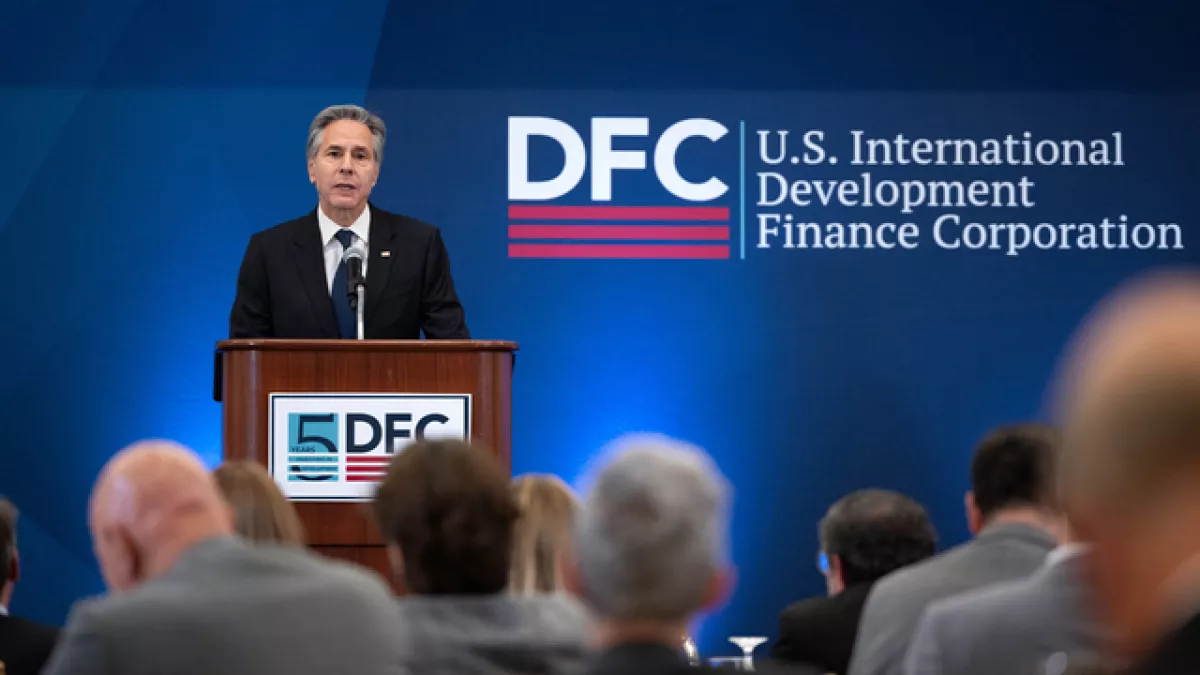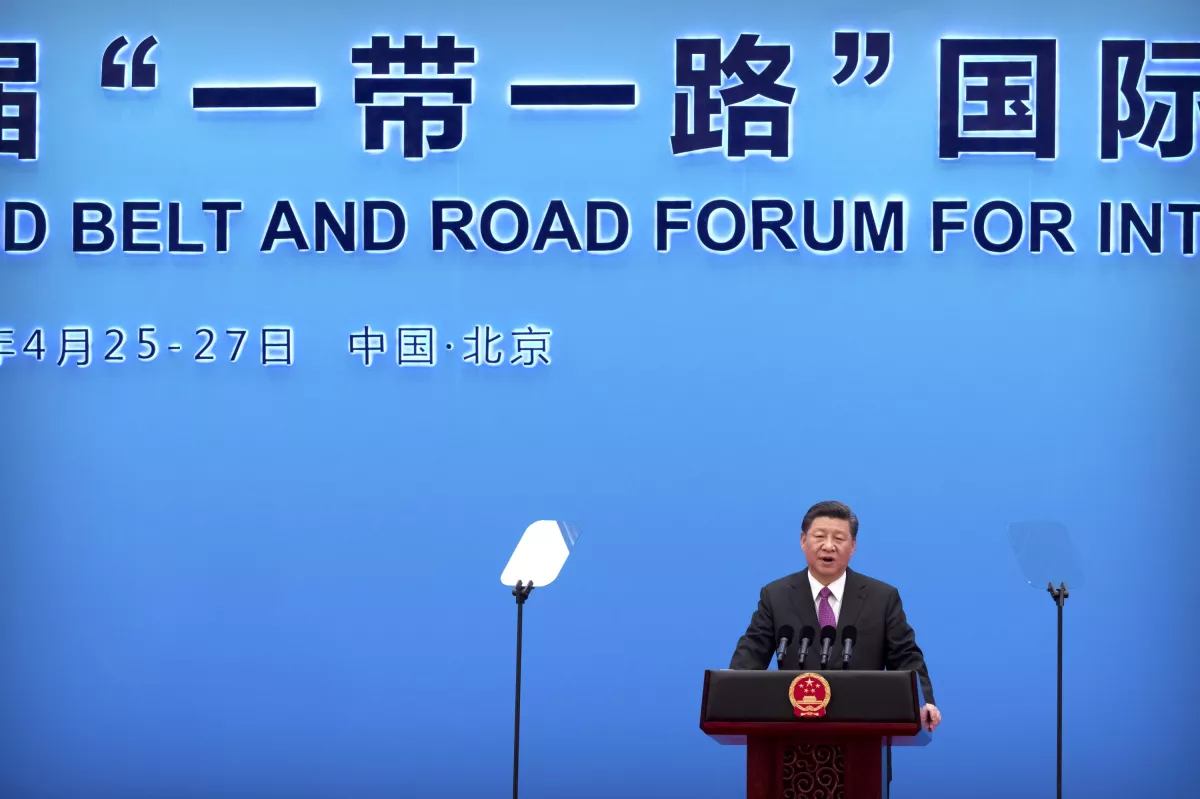Can Washington catch up with China's global infrastructure initiatives?
U.S. President Joe Biden highlighted his administration’s flagship infrastructure project in Africa during his recent visit to Angola’s Lobito port. The initiative is managed by a newly established U.S. agency that is believed to be mainly focused on countering China’s global infrastructure projects under it's gigantic Belt and Road Initiative (BRI). The African project aims to build railroad lines from the Atlantic Ocean to the Indian Ocean, making it the largest American rail investment abroad.
The U.S. has invested $4 billion in the Lobito Corridor through the International Development Finance Corporation (DFC), a U.S. development bank, which creation in 2018 the Foreign Policy publication believes underscores the shift in the country's approach to large-scale infrastructure projects in Africa, where China has long dominated.
At the DFC’s fifth-anniversary conference, National Security Advisor Jake Sullivan explained its purpose: “We were entering this new era of geopolitics, one defined by strategic competition. Ad hoc investments, grants, and loans were not going to cut it.” Congress tasked the DFC with providing alternatives to state-directed investments by authoritarian regimes like China.
The Lobito rail line exemplifies Washington’s strategy to secure critical mineral supply chains essential for clean energy technologies and advanced weaponry. Strategically located in a mineral-rich region, the project connects Zambia’s Copperbelt and the Democratic Republic of Congo (DRC), which produces 70% of the world’s cobalt. These resources are vital for renewable energy and technological advancements.
The urgency of this initiative has grown as China, which dominates global critical mineral supply chains, increasingly leverages its position against the United States. Recently, Beijing imposed export bans on gallium, germanium, and antimony—key inputs for semiconductor manufacturing—in response to U.S. export controls targeting China’s semiconductor industry. This escalation highlights the geopolitical stakes and the need for diversified, secure supply chains.

“I think part of the reason DFC was created was a recognition that we’ve been a little bit absent from the playing field in many of these countries,” said Scott Nathan, CEO of the DFC. He noted that the organization has built a $50 billion portfolio across 114 countries in mere 5 years, with the largest active projects being in countries like Mozambique, El Salvador, Egypt, Pakistan, Gabon and Ukraine. In 2024 alone, it committed $12 billion—contrasted with declining lending from China’s two main development banks, which fell to $3.7 billion in 2021.
Yet experts caution against direct comparisons against China's BRI. Rebecca Ray, a senior researcher at Boston University, emphasized structural differences: “The DFC focuses on private-sector lending, while Chinese development banks often lend to governments, state-run banks, or Chinese state-owned enterprises.” She added that China’s overseas lending is opaque, particularly loans to Chinese firms operating abroad, making it challenging to assess the full scope of its BRI investments. Boston University’s data shows a dramatic fall in China’s sovereign lending—from $87 billion in 2016 to less than $4 billion in 2021. Still, Derek Scissors of the American Enterprise Institute reported a 40% surge in China’s overseas construction in 2024, with $35 billion in contracts so far.

China’s dominance stems from its state-owned banks and construction firms’ seamless collaboration. “The ability to build infrastructure in Chinese firms is unparalleled. … [U.S. firms] have short-term profit motivations, and infrastructure tends to pay off over a very long horizon,” Ray said. Unlike China, the U.S. cannot compel companies to operate in these markets. “It’s sort of like you can lead the horse to water, but you can’t make it drink,” observed Cameron Hudson of CSIS. U.S. firms also face higher labor, safety, and environmental standards, as well as risks associated with African markets, making it a hard sell despite the DFC’s streamlined processes.
Biden’s emphasis on projects like the Lobito Corridor reflects a broader effort to reassert U.S. influence in global development. However, the challenges of competing with China’s state-driven model remain significant, underscoring the need for innovative strategies to sustain momentum.
By Nazrin Sadigova








